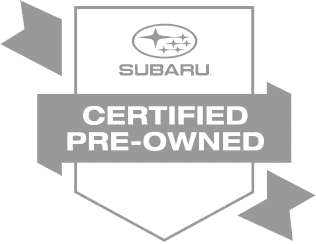AWD systems are characteristically described as being in
cars where the system drives all of the wheels, all of the time. 4WD is
generally accepted as a car or more typically a larger SUV (Sports Utility
Vehicle) that uses a driver selectable system that mechanically engages the
drive to all four wheels when the extra traction is needed in off road
situations and negotiating very difficult terrain. Let’s break it down a little
farther to understand how these two systems work.
AWD
Modern mechanical AWD systems utilize three differentials,
which are gear boxes that split power from the transmission between two wheels
or the front and rear axles. This is useful in slippery conditions when
different wheels might be getting different amounts of grip from moment to
moment. It can also be useful on mildly muddy terrain as well as icy roads.
Modern AWD systems use computers that communicate with sensors
on each wheel to monitor traction, wheel speed, and several other data points
hundreds of times a second. An Engine Control Unit decides how much power to
send to each wheel depending on the wheel with the most grip.
Crossover small or medium SUV AWD cars such as Subaru
Forester that are designed for normal road use with occasional dirt or mild off
road use generally use permanently engaged AWD systems. This ensures that in
sudden corner slipping situations or when you need traction to merge, the
system is able to respond automatically. Consequently, the automatic
functionality of AWD is the safest in a wider variety of roadway driving
situations.

4WD
While there are many versions of 4WD they all basically
operate by transferring power from the transmission to what is known as a
transfer case. This gear box splits power between the front and rear axles so
that maximum torque is going to each wheel.
One of the potential drawbacks to 4WD is that when the
transfer case splits power evenly, it makes each wheel turn at the same speed,
which causes problems when turning. For proper and safe turns, the inside wheel
has to turn more slowly than the outside wheel, which is covering more ground.
If the vehicle can’t do this, the inside wheel loses traction and it spins
freely.
This is why modern 4WD systems are only on when you activate
them so that you can use 4WD at low speed in snow or mud, but enjoy the
drivability of regular two-wheel drive in normal conditions. There are also 4WD
systems that are activated with buttons or switches, rather than a rudimentary
lever, and include multiple settings for the 4WD system.
Consequently, the best aspects of 4WD are superior traction
in all off-road conditions and the ability to turn them off to conserve fuel.
The fact that it cannot be used in all conditions can be seen as a downside,
but that depends on your perspective of use.
When choosing among Subaru dealerships in PA you want to
find the broadest selection of new and used vehicles with 4WD systems and AWD
systems. The decision of which system to choose comes down to where you plan to
do the most driving. Here in Pennsylvania where snow and rain are definite
considerations, AWD is likely the best way to go.
If you’re looking to spend a great deal of time off-roading
it or live in a remote or rugged area, then 4WD may be best. Not all Subaru dealers
in PA will delve deeply into how you plan to use the vehicle. The select few
that have the most experience with all types of drivers and driving conditions
throughout the state are also likely to have the best inventory available in
order to be sure that you end up in the vehicle that fits your lifestyle.





